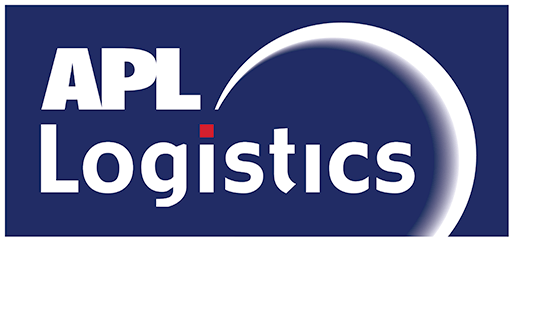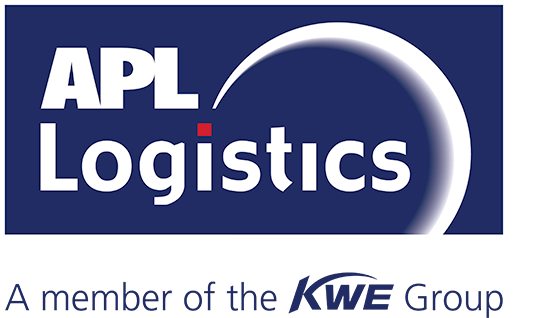September 13, 2023 in Articles
Sustainable Packaging in a Disposable World
Lots to Unpack Here
The problem with the status-quo is its nasty habit of sticking around for the long-term. But then, a catalyst or change event occurs, and we suddenly realize we’ve been unconsciously accepting a system as “the way it is,” when the truth is that systems can transform into “the way things should be.” This, in a nutshell, is the trajectory of the packaging problem that manufacturers, retailers, and consumers are just beginning to address.
How Did We End Up With A Packaging Problem?
Let’s say a consumer needs that latest, trending gizmo. They purchase it, and find it comes encased in plastic, non-recyclable packaging (that weighs twice as much as the gizmo itself). Thick plastic, the kind consumers need a kitchen knife to open to avoid damaging that pricey gizmo. If e-commerce is involved, that gizmo also arrives inside a shrink-wrapped box inside a bigger box, with maybe some foam peanuts scattered about for good measure.
Indeed, one doesn’t need to look far to see the harmful impact of wasteful packaging. The results are all around (and inside) us…
- 14 million tons of plastic find their way into the ocean each year, breaking down into micro-plastics that can be found from mountain lakes to human bloodstreams.
- Less than 5% of plastic waste is actually recycled and repurposed (through an energy intensive process)
- Styrofoam is the second most common form of waste found in the ocean, its main ingredient being a neurotoxin that can increase the risk of lymphoma and leukemia.
Packaging waste seems to be woven into the fabric of our daily lives. But remember, consumer brands can do better.
What Is Circular Packaging?
The average production model today is linear: we gather resources from the earth, manufacture them into a specific product, and then dispose of the product (and its packaging) when it’s served its purpose. Discarded items are dumped into landfills, taking up space and producing harmful byproducts.
In stark contrast, circular packaging is purposeful packaging made of materials that can be repurposed, recycled, or biodegrade. Most importantly, circular packaging proves that including the disposal component as an essential ingredient of a product’s lifecycle best serves growing consumer demand to live more sustainably.
Four Businesses Showing Us a Different Packaging Model
Disrupting a linear economy in favor of a more sustainable future requires creative thinking and thoughtful design. In some cases, transitioning to complete packaging circularity may require an entire redesign of an organization’s branding, supply chain model, and approach to customer service.
Never fear – there are many levels of optimization available that enable companies to scale their approach. Here are four examples of companies trying to combat legacy, wasteful processes and promote circularity:
Lush – No Packaging, No Problem
Lush Cosmetics produces and sells creams, soaps, shampoos, shower gels, lotions, moisturizers, scrubs, masks, and other cosmetics for the face and hair. Over half of the cosmetic retailer’s products are sold “naked” (meaning that there is no packaging at point of sale). For products which require bottles or tubs, customers are incentivized to bring or mail back empty containers in return for free products. What about shipped purchases? Lush deliveries are packed in 100% biodegradable cellophane and cushioned with 100% biodegradable, plant-based, edible, foam peanuts.
Lush continues to innovate: the brand recently transitioned their gift packaging from cardboard boxes with wrapping paper to furoshiki-style cloth wraps which are stylish and reusable. Learn more about Lush’s commitment to packaging circularity on their website.
Levi’s – Repair What You Wear
The global jeans giant has seen massive success with its numerous circularity programs including WellThread, Levi’s Tailor Shops, and Water<Less, all implemented to increase durability, recycling, and upcycling of their products.
Levi’s is now venturing into packaging reform to shrink their plastic and cardboard waste streams. The company is looking at end-to-end, collaborative solutions that bring in suppliers, logistics service providers, and third-party retailers. Levi’s has eliminated the use of unnecessary plastic polybags in their e-commerce shipments, moving towards paper or biodegradable alternatives.
DB Breweries – It Takes Grit
DB Breweries is a New Zealand-based company challenging conventional bottle disposal while alleviating environmental degradation. In 2017 the company unveiled their “beer bottle sand” circularity initiative: an on-site recycling machine that crushes beer bottles into sand. The sand is then sold to construction, plastic manufacturing, and electronics companies who would otherwise pull sand for their operations from local beaches and riverbeds.
Danone – Devil’s In The Details
Products like Activia yogurt, Silk milk, and Evian water all fall under the Danone brand umbrella. These specialty products are famous for producing a large amount of single-use plastic, but Danone confronted this challenge head on with bold goals for packaging circularity.
As of 2021, 84% of Danone’s packaging is reusable, recyclable, or compostable and their goal is to increase that percentage to 100% by 2025. However, the company knows that it doesn’t matter if products are recyclable if recycling pickup and recovery systems aren’t in place. As such, Danone partners with local resources to empower recycling services in target markets that represent 90% of their sales. Additionally, Danone commits to utilizing 100% bio-based PET for their water bottle production.


